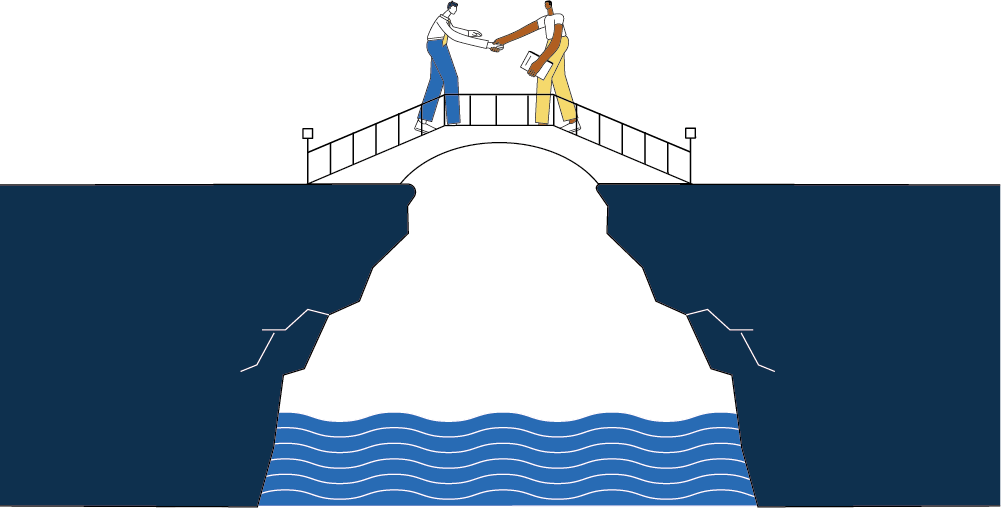Introducing a new AR column, Developing News, that distills complex developments into actionable knowledge, helping actuaries adapt to shifts in regulation, technology and risk management.
Is It Hot in Here, or Is It Climate Change? By Yuhan Zhao

A recent report from the World Meteorological Organization (WMO) confirmed that “2023 was the warmest year on record, with the global average near-surface temperature at 1.45 degrees Celsius (34.6 degrees Fahrenheit) with a margin of uncertainty of ± 0.12 degrees Celsius (± 0.22 degrees Fahrenheit) above the pre-industrial baseline. It was the warmest ten-year period on record.” A couple of headline stories released by WMO early this year also covered the extreme weather patterns during 2023 across the world. According to WMO’s State of the Climate report, in Europe, “2023 was the joint warmest or second warmest year on record depending on the dataset.” Meanwhile, “Asia remained the world’s most disaster-hit region from weather, climate and water-related hazards in 2023,” with floods and storms leading the way in casualties and damages. Across North America, CNN reported that dozens of U.S. cities experienced “record-mild” winters in 2023, while CBC described Toronto’s winter as “absolutely tropical.”
What this means for actuaries:
Based on the 17th Annual Survey of Emerging Risks results, climate change remains far ahead as the top emerging risk. Given what we have experienced, this is no longer an emerging trend but the new reality we are currently living through.
As actuaries, we need to be ready to respond to potential CAT events and more frequent tropical storms during the upcoming hurricane season.
A couple of questions to consider and review include:
-
- What are the overall CAT exposures in the current business portfolio?
- What is the current CAT loading in the premium reflecting latest CAT loss trend?
- Are there any strategies or mitigation actions in place to cope with upcoming hurricane seasons?
- Are we comfortable with the level of CAT loss reserve holding to absolve the upcoming losses?
Sources:
- https://wmo.int/news/media-centre/climate-change-indicators-reached-record-levels-2023-wmo
- https://wmo.int/news/media-centre/europe-experiences-widespread-flooding-and-severe-heatwaves-2023
- https://www.cnn.com/2024/03/08/weather/winter-warmth-record-climate/index.html
- https://www.cbc.ca/news/canada/toronto/warmest-winter-toronto-1.7137642
- https://wmo.int/news/media-centre/climate-change-and-extreme-weather-impacts-hit-asia-hard
- https://wmo.int/media/news/open-science-conference-we-need-dramatic-climate-action-meet-unprecedented-challenges
- https://www.soa.org/48ee3f/globalassets/assets/files/resources/research-report/2024/17th-survey-emerging-risks-key-findings.pdf
Coming and Going is Staying By Jim Weiss

The Virginia Workers’ Compensation Commission (VWC ) recently upheld a denial of coverage in a case where a woman slipped on ice when crossing the street between a parking garage and her work location. This is generally consistent with traditional interpretations of the “Coming and Going Rule,” according to which workers’ compensation generally does not cover travel to and from the place of employment. There are a handful of exceptions in different jurisdictions, such as the “extended premises doctrine” that brings locations that are “in practical effect, a part of the employer’s premises” within the scope of workers’ compensation. The VWC did not view the street in front of the workplace as extended premises. However, other recent challenges to the Coming and Going Rule have been more successful. For example, the New Jersey Supreme Court recently judged an injured technician eligible for workers’ compensation coverage. The technician’s injury happened when he was traveling to his workplace to pick up supplies.
What this means for actuaries:
Workers’ compensation generally has been a profitable line for the U.S. property and casualty industry for many years, returning combined ratios in the 80s. Auto and premises general liability have not been nearly as profitable recently. U.S. health insurance generally has returned combined ratios in the high 90s in recent years. If challenges to the Coming and Going Rule blur the line between all these coverages, actuaries may be the ones called upon to help sort out coverage primacy and resulting profitability implications
Sources:
- https://www.insurancejournal.com/news/east/2024/03/25/766346.htm
- https://www.claimsjournal.com/news/east/2023/11/22/320553.htm
California Dreamin’ CAT Models Into Reality By Sara Chen

California Insurance Commissioner Ricardo Lara has unveiled a proposal to take effect in December 2024 that would allow the use of catastrophe modeling for more perils. This will be the state’s largest insurance reform in over 30 years and comes as a response to an increase in climate-intensified disasters, rising costs of repair and rebuilding , and global economic forces. Not being able to fully account for these growing risks has led to rate spikes and balloon premiums following major wildfire disasters in recent years. Currently, the department of insurance allows the use of catastrophe models for earthquake losses and fire losses following earthquakes only. The proposed regulation expands the allowable use of catastrophe models to cover wildfire, terrorism and flood lines for homeowners and commercial insurance lines.
What this means for actuaries:
With this proposal, California will join the rest of the country in using catastrophe modeling when setting their premiums. There is an ongoing conversation on whether the Department of Insurance will release a base catastrophe model template for insurers to use, instead of insurers submitting their own models for approval. If a model template were to be approved, it would not only uphold consumer transparency of the models but expedite the approval process as well.●
Sources:













